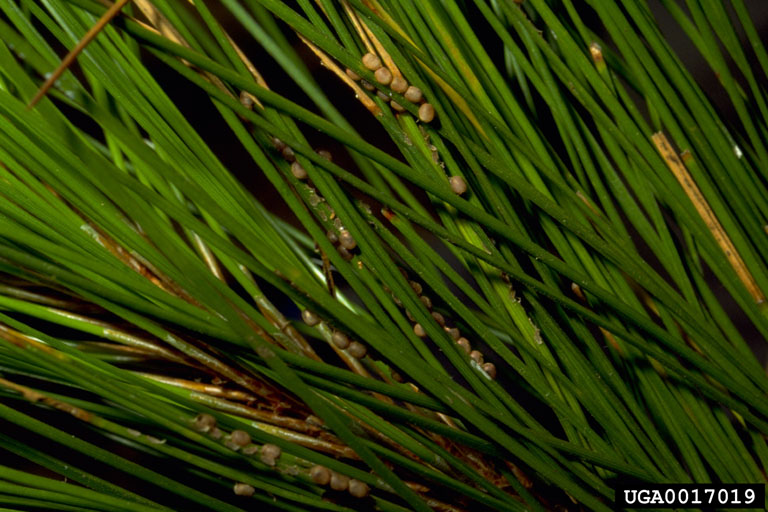|
| 질의: description | 결과: 9727번째/10150 | |
Masson Pine Moth (Dendrolimus punctatus) eggs (마송솔나방 알)
| 제목: | Masson Pine Moth (Dendrolimus punctatus) eggs (마송솔나방 알)
| |

| 해상도: 768x512
파일크기: 121149 Bytes
촬영일: 2003:02:17 08:51:39
등록시간: 2006:01:09 16:15:49
|
pine caterpillar
Insecta (Hexapoda) > Lepidoptera > Lasiocampidae
Dendrolimus punctatus Walker
Photographer: William M. Ciesla, Forest Health Management International
Descriptor: Egg(s)
Description: egg masses
Image Citation:
William M. Ciesla, Forest Health Management International, www.forestryimages.org
Image Use:
This image may be copied and used, in whole or in part, for any non-profit, educational purpose provided that all reproductions bear an appropriate credit. Any commercial or other use of the image requires the written permission of the photographer or contact organization, and Forestry Images. |
^o^
동물그림창고 똑똑전화 누리집
^o^
|
|